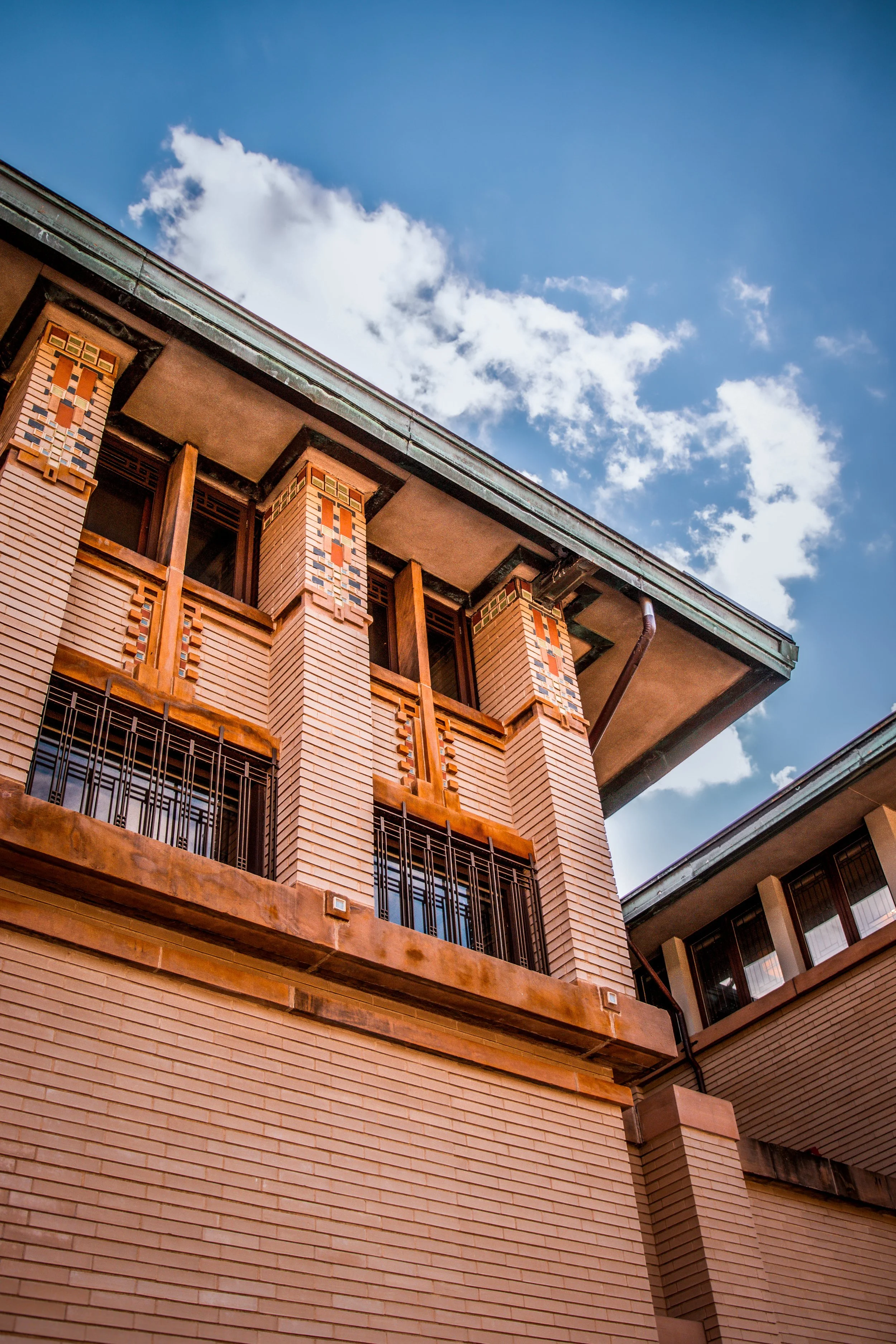A vigorous exchange of ideas about public issues characterized the panels I virtually attended at this year's Iowa Ideas conference organized by the Cedar Rapids Gazette. It's the ninth edition of the conference, but my first. Previously classes or professional travel kept me away; our obscenely summer-like weather almost kept me away this year, but after a day trip to Backbone State Park I eventually showed up to three panels. All were in the Economic and Community Development track.
 |
| Backbone Lake during the Iowa Ideas conference |
1. The Future of Public Transit
Participants:
Nate Asplund, Railroad Development Corporation
Mike Barnhart, Horizons Family Services
Darian Nagle Grimm AICP, Iowa City Transit
Cindy Gerlach and David Lee for the Gazette
Iowa City is trying a more ridership-oriented approach to their bus service. Nagle Grimm said they have tried to make service faster, more frequent, and more reliable; coordinated operations with the neighboring city of Coralville; begun a two-year fare-free experiment; and improved comfort and lighting at bus stops. She said ridership has increased 43 percent, or about 500,000 rides, since August 2023. which has required more buses as well as making up the (only) ten percent of system revenue that came from fares.
 |
| Iowa City's Court Street Transportation Center connects several bus lines (Google Earth screenshot) |
Asked "what you want Iowans to know" about transit, Nagle Grimm said we can no longer depend entirely on personal vehicles due to "unintended consequences" (readers of this blog will not require elaboration), so we need to "invest in a true multimodal system." Barnhart noted ongoing unmet needs of rural residents and suburban seniors. Asplund, hoping for a return to commuter train service, said bicycles and trains go together "like Reese's Peanut Butter Cup," which I think means that trains can extend the reach of cycle commuting while bicycles solve the last mile problem.
2. New Life in Old Buildings
Participants:
Pete Franks, The Franks Design, Glenwood IA
Jordan Sellergren, Iowa City Historic Preservation Commission
Heather Wagner, Eastern Iowa Arts Academy
Megan Woolard and Brian Shewry for the Gazette
This panel was made up of an architect, a preservation advocate, and someone planning a move into a century-old school, so nice things were said about historic preservation. Wagner cited the benefits of allowing compact development, less consumption of new materials, and lower upfront costs. Franks added that maintaining familiar buildings increases people's connection to and pride in their communities, helping to counteract the widely-touted epidemic of loneliness. Of course, as Franks pointed out, buildings can be degraded to the point that it not economically feasible to salvage them, and not all building uses can be quickly exchanged. (He notes firehouses make great restaurants, though.)
 |
| Arthur School (1914), seen from the parking lot of Trailside School (2024) |
The panelists discussed the public in largely supportive contexts. They understand the value of older buildings, and sometimes have a personal association. Wagner mentioned one man who wanted to be reassured that the cafeteria mural he'd helped paint would still be there. (Yes.) On the other hand, public support for Wagner's Eastern Iowa Arts Academy to renovate and move into the former Arthur Elementary School was predicated on it not being housing or retail. Good luck solving the housing crisis, or reintroducing walkability, with those attitudes.
3. Collaborative Economic Development
Participants:
Nancy Bird, Greater Iowa City Inc
Stephen J. Van Steenhuyse AICP, City of Mason City
Jill WIlkins, NewBoCo
Megan Woolard and Eric Caldwell for the Gazette
The three panelists from different worlds had remarkably similar views on the subject of collaboration in economic development. Van Steenhuyse from city government said government couldn't "do it all," so relied on partnership with business and other organizations; Wilkins from the nonprofit world said their operation relied on partnerships with city governments, chambers of commerce, businesses, and school districts; and Bird from a business group said "economic development is naturally collaborative." The unstated assumptions were that there is some activity called economic development which is separate from the growth of specific businesses, and that this activity was done collectively and cooperatively.
.jpg?format=2500w) |
| Mason City's Historic Park Inn dates from 1910, and was designed by Frank Lloyd Wright (from their website) |
Moderator Woolard asked in several ways about what made collaboration successful, which brought out another characteristic, which is that the activity is done intentionally. Bird started by stressing clear goals and identification of stakeholders. Wilkins talked about inclusiveness and openness in defining the set of stakeholders. Van Steenhuyse talked about commitment to the action or goal, while regretting that Mason City lacks a clearly-defined coordinating leader like Greater Iowa City.





No comments:
Post a Comment